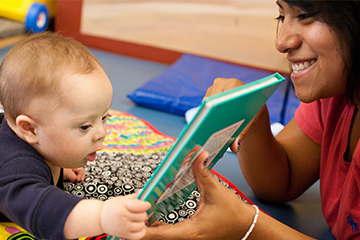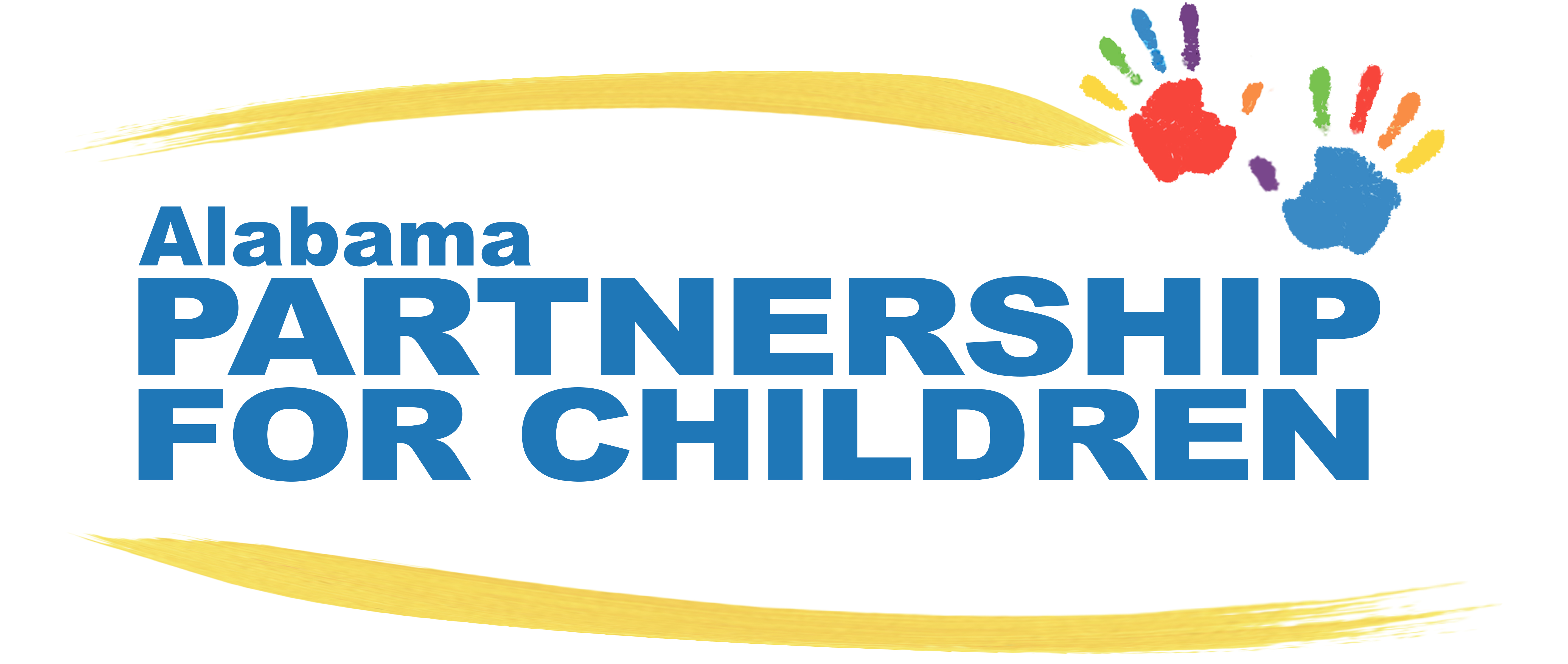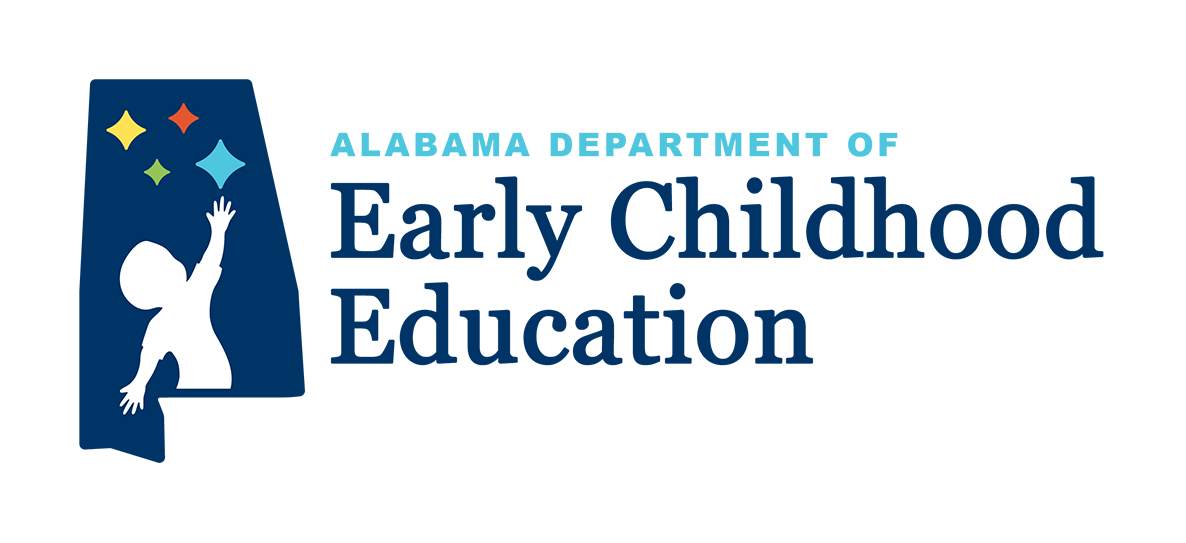There are many resources for parents and caregivers to explore developmental activities which will keep an active child busy, while helping him or her reach important learning and developmental milestones. Incorporating these activities into playtime or daily routines can help children explore the world around them, enhance skill sets, and build positive bonds with their caregivers. Through play, babies and toddlers try out new skills, explore their imagination and creativity, and learn about relationships with other people.
FAMILIES
PARENT & CHILD ACTIVITIES

OVERVIEW
Some examples of resources which offer developmental activities include the following:
- Zero to Three, the National Center for Infants, Toddlers, and Families, offers many activities in order to make play time both fun and educational for your young child.
- Pathways provides a Baby Games Calendar, which gives developmentally appropriate activities each week, according to the current age of your child.
- Talking is Teaching offers tips on what you can do to help your baby thrive during the first 36 months.
- PAL, Parent Assistance Line, is a collaborative service for parents with the goal of providing support, someone to listen and then offer resources and information.
In addition to the programs and tools listed, see how day-to-day play can help support a child’s learning:
- Birth to 9 months: Toys that engage your baby’s senses, such as mobiles, rattles, chew toys, and chunky board and cloth books. Toys that help him or her learn cause and effect, such as pop-up toys and busy boxes.
- Talk, read, sing, and play music for your baby. Repeat the sounds your baby makes. Hold and cuddle your baby.
- 9 to 18 months: Toys such as plastic tools, play food, and animal farms. Problem-solving toys that help children learn how things fit together, such as shape sorters and nesting cups. Push and pull toys and balls also let toddlers move their active bodies.
- Read to your child daily. Play matching games. Name body parts and objects.
- 18 to 36 months: Materials that help them use their hands to create, such as play dough, crayons, and finger paints. Objects that help children use their imaginations, such as dress-up clothes, action and animal figures, dolls, and stuffed animals.
- Continue to read to your child. Play follow the leader. Take your child on a walk or a wagon ride. Sing songs together.
- 36 months and beyond: Materials which mirror real-world objects which allow them to imitate adults in conversation and action. For instance, a play kitchen that imitates a real kitchen will allow children to model the activities of their caregivers. Learning-centered toys will allow them to practice skills like counting as they prepare for school.
- Speak to your child in complete sentences and use proper words. Continue to read to and with your child often. Encourage physical activities.

Every family will have the desire, resources, and confidence to make the best decision for their child’s development. Also, every child will be screened using a valid, evidenced-based tool starting at birth.
Our Vision
About | Families | Service Providers | Health Care Providers | Privacy | En Español
Help Me Grow Alabama © 2024 All Rights Reserved
Site Managed and Hosted by Dogwood Media Solutions, LLC




